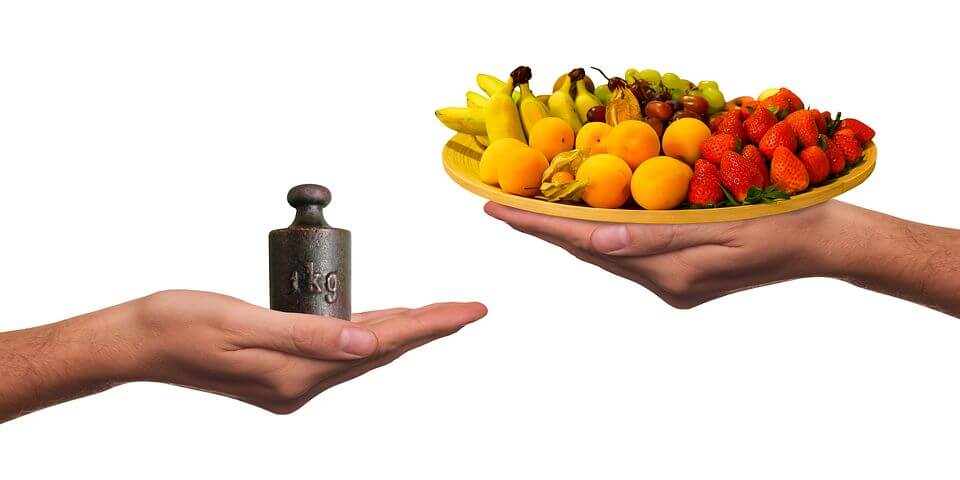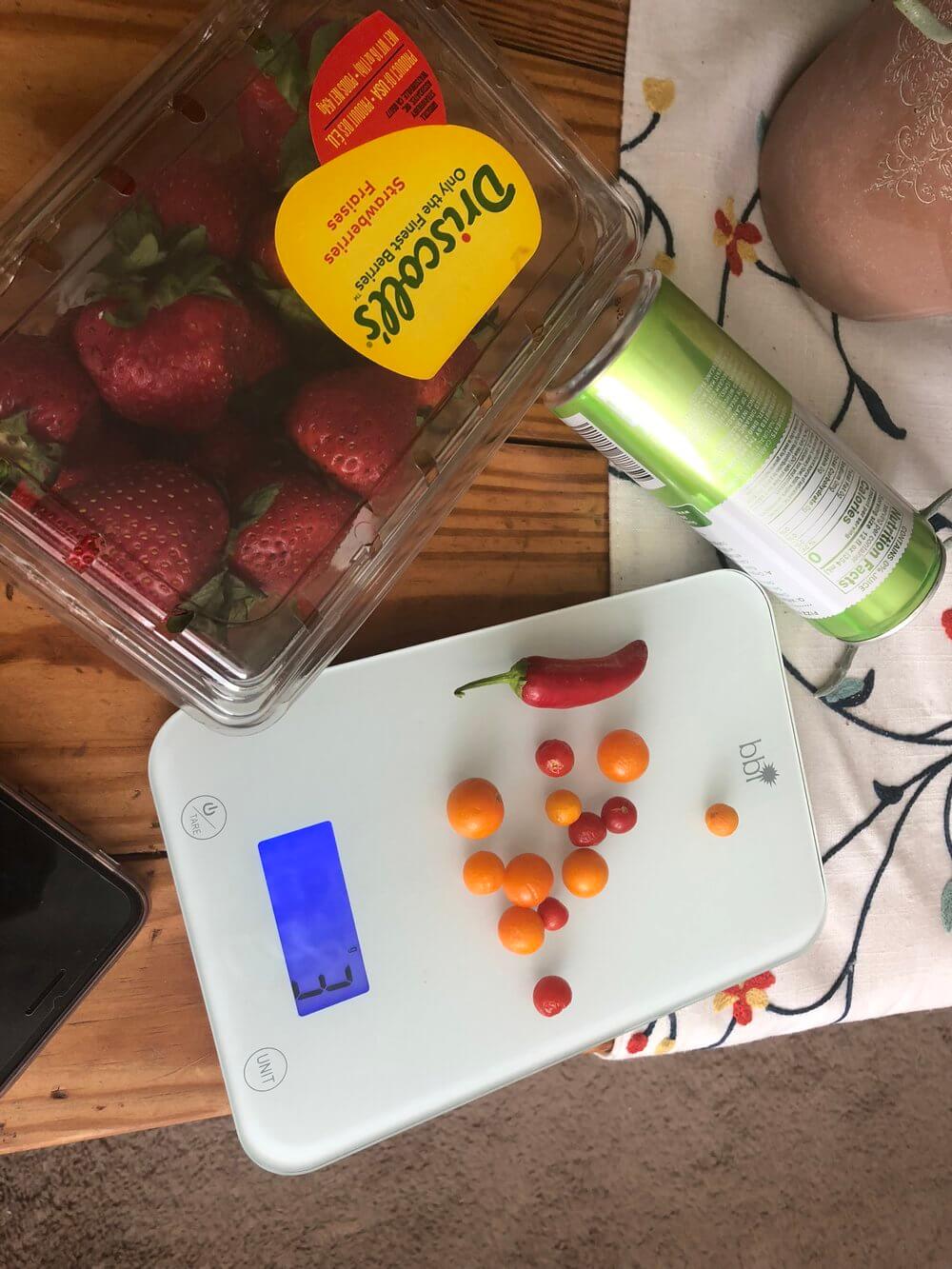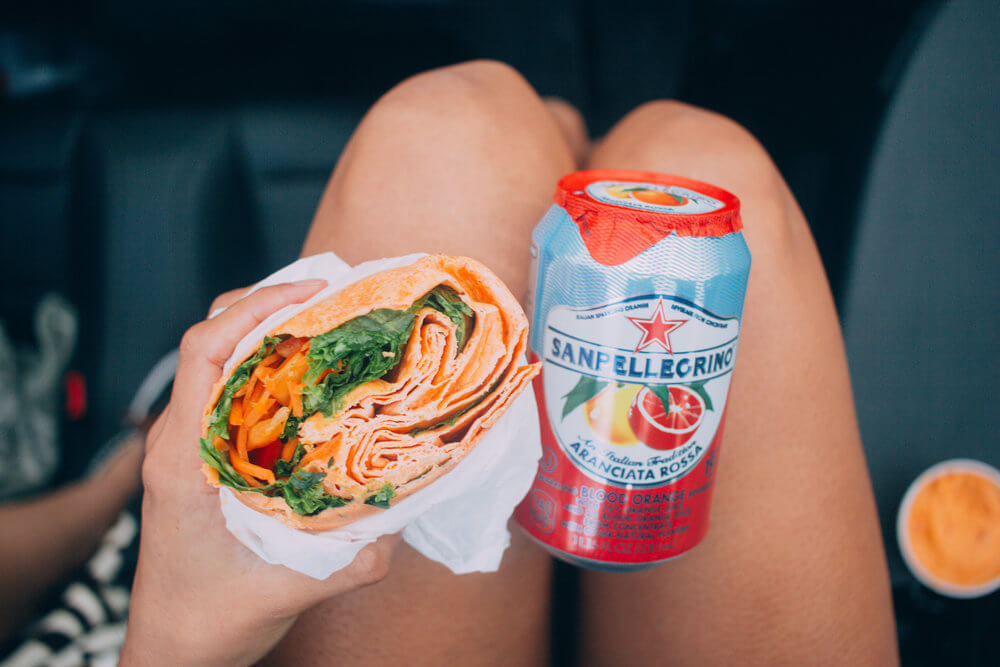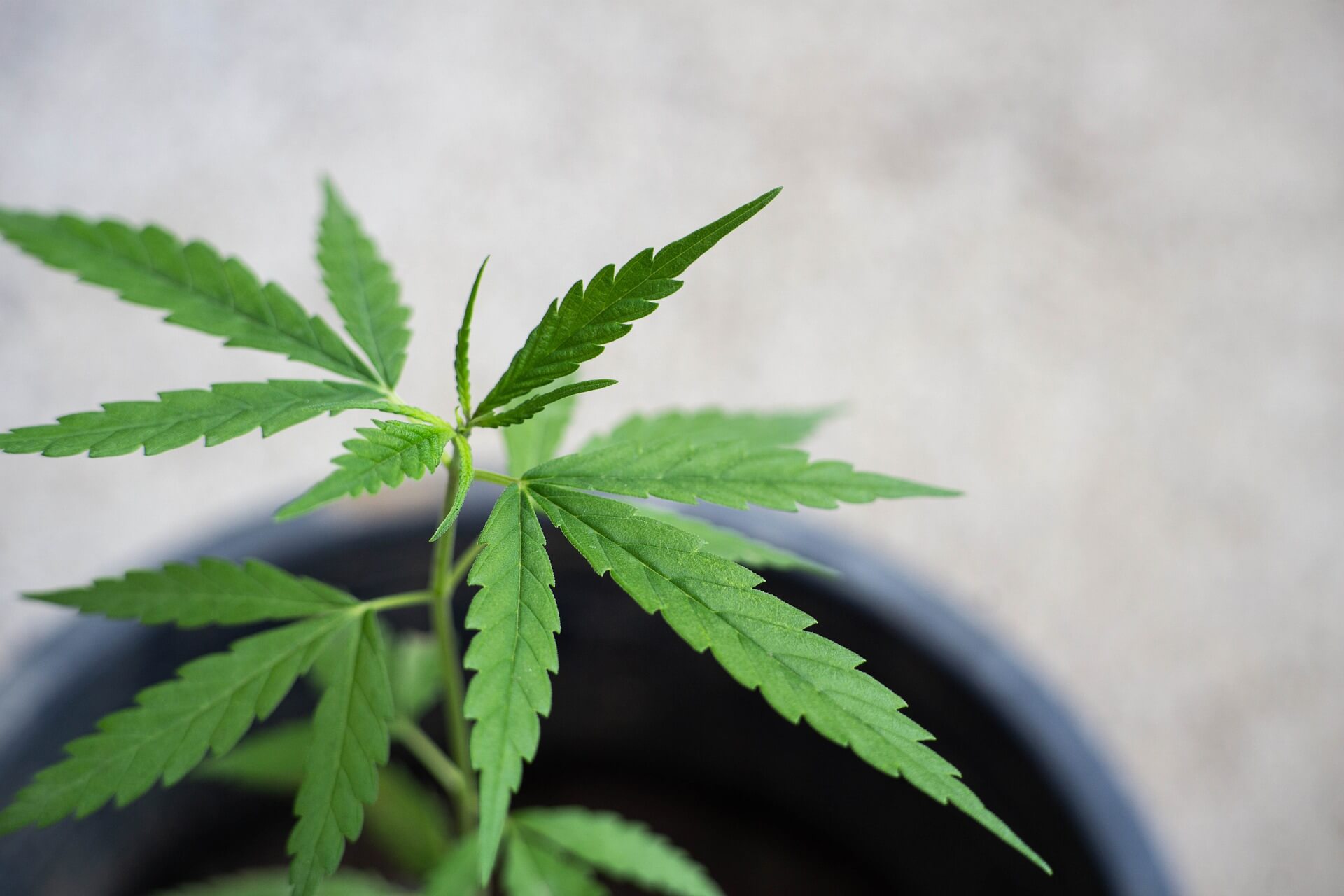How Many Calories Do You Need Each Day to Lose Weight
With any diet or weight loss program, counting calories are often touted as being essential to reaching your goals. Most programs are based on the idea that you need to eat less than what your body can burn during the day to lose weight and counting calories is the way to ensure that you burn more energy in a day than you consume.
While I don’t often promote strict calorie counting and feel that there are better ways of maintaining or losing weight, there are a few basics to calorie counting that may help you get to your goals if you choose to go that route.
How Do You Count Calories?
To count calories, you need one of the following:
- Journal – With a journal, you can record what you are eating on a daily basis and about how many calories you are taking in. You can quickly take notes in your journal that can help your meal planning as well. This will make it easy to see how many calories you are consuming on average every day.
- Calorie Counter or a Book on Calories – These show you the calories for many supermarket items including beef, chicken, fruits, and vegetables. This way, you have a good idea of what you are eating calorie wise. You can find books, PDFs, and even apps that can help you see how many calories are in the basic food items you are eating.
What Can You Do at the Grocery Store?
At the grocery store, your packaged items will list the ingredients and the calories. Be mindful of the calories per serving and how many servings are in a package. Too often the serving size shown on the box may not be a realistic portion size, so if you eat more than the size of the serving listed, be sure to take into account the added calories you are eating.
Your total number of calories will be the number of servings times the calories per serving that you choose to eat. With chicken, fish, and other foods like fruits and vegetables without nutrition labels you can use a calorie counter or book to figure out the calories for the portion size your eating of each food. With these types of fresh food, you may want to portion out your meals ahead of time, this way you’re not weighing and counting calories for each meal.
Six chicken breasts in a package possibly could be used for six different meals. By portioning the food, your purchase may last longer. Take advantage of your fruits and vegetables. You can make use of fruits and vegetables at every meal, including snacks, as they tend to have fewer calories per volume and more micronutrients for your health.
Use your calorie counter to determine the calories for each food item, then enter it as you eat to keep track.

What Can You Do When You Dine Out
Eating out could possibly be a nightmare for people who calorie count due to the nature of most restaurants. Restaurants are not geared for weight loss. They load up on fat and salt to make you feel more satisfied. Many dinner portions contain much more than what you need for one meal. When ordering, you can ask a lot of questions to stay on track and still each out. Some things to glance at include:
- Salads – Check the toppings and dressing that comes with the salad, as this can add more calories to your healthy meal than you may realize. Some salads include fried chicken or bacon. You may also find eggs and croutons on your salad, that, again, add more unneccessary. As a rule, I bring my own oil and vinegar or salad dressing to the restaurant. The creamy salad dressings comprise of a lot of fat and sugars, so stay away from them.
- Fried Vs Grilled – At the restaurant, try ordering your meat grilled. Fried meats (even pan-fried) has a lot of fat and often additional breading and salt. These will only hurt your healthy efforts. When you can, order grilled or baked versions of your proteins and most restaurants will be happy to give you the alternative.
- Cooked in Butter – Fish and chicken are sometimes cooked with butter to enhance the flavor, so be sure to check when ordering these proteins to see how they are prepared. This adds unnecessary fat and salt to your meal, making the calorie count skyrocket. Check with your waiter and request that your entrée and vegetables are not cooked in butter.
- Bread – When you go to a restaurant, complimentary bread is often served before the meal. And, if you are hungry, the bread is very tempting and hard to resist. To avoid the bread, let your server know when you sit down that your table would like to pass on the free bread.
- Ask for a Calorie Menu – Now, more and more restaurants are providing calorie counts right on their menu for calorie-conscious consumers. If they are not listed on the main menu, most restaurants have a secondary menu that can provide all the nutritional information of their food. This will make it easier to track the calories for your meal in your journal or app.

What Can You Do At Home?
At home, make sure your cabinets are full of nutritional, clean foods and void of anything processed. Canned soups and boxed meals contain a lot of added salt, preservatives, and artificial flavorings. Processed, microwavable meals can also include a lot of empty calories that do little for your nutritional needs. And if you are munching on frozen foods that come in a box, be careful not to eat the whole box, or you might end up eating more than one serving. Also, be sure to need to avoid soda, diet soda, and fruit juices. These drinks contain sugar or artificial sweeteners which can add wasted calories to your diet or lead to food cravings.
When you stock your home full of healthy food, you’ll have less calorie dense foods in your house and be able to feel better about creating meals. You’ll still want to weigh or portion your foods and create meals for yourself, but sticking to clean, healthy foods will automatically lower your calorie count. Portioning your food helps you eat fewer calories and track how many calories you are consuming per meal. Once you portion your food you can add the calories for each meal to your journal or app to keep track of what you are eating.
What Foods Can You Have?
With calorie counting, the idea is to keep calories lower than what you burn per day. We will go over how to determine that more below, but for now I want to talk about what foods to look at. Although you could eat fewer calories of junk food and technically lose weight by burning more than you consume, you’d be doing a great injustice to your health. When counting calories, you also want to count in nutritionally dense food so that you don’t get deficient in essential vitamins and minerals. Keeping the calories lower is crucial but so is keeping your nutrition high.
Here are some nutritionally dense options that you can portion and keep below the calories burned and still get plenty of vitamin, minerals, and micronutrients in your diet:
- Proteins: You’ll want to include proteins in your diet to keep you full and to feel great. Proteins help your body rebuild and add muscle which helps burn calories because muscle burns more calories than fat. This includes the consumption of lean proteins, as well as fatty proteins in moderation. Lean proteins include chicken breast, white fish, turkey breast and 97% lean ground beef. Fatty proteins include dark meat chicken and turkey, most steaks and ground beef, and salmon. These are good in moderation and can be added to your diet to help you consume healthy fats.
- Grains: Most of the time, when an individual thinks of calorie counting they’re also thinking low-carb. This means no bread, no rice, no oats, and so forth. So many people are used to filling their meals with refined white grains so, in a way, there is some truth that avoiding them will keep you from consuming too many calories during the day. Having said that, you don’t have to avoid all grains. Whole grains may have a reasonable amount of carbohydrates, but they also are less processed and contain actual nutrients that can help nourish your body. This includes brown rice, quinoa, potatoes, sweet potatoes, and sprouted whole wheat bread. Be aware of the calories you are eating, and you won’t have to banish these from your diet.
- Leafy Vegetables: Virtually any vegetable ought to be encouraged because they can be healthy for you. Having said that, a lot of new diets promote the idea that you should not eat any carbohydrates, including the ones found in many vegetables. The vegetables that have practically no carbs include most of the leafy vegetables; the most widely known of these is spinach. Other leafy vegetables consist of collard greens, bok choy, and kale. However, veggies, in general, tend to be low in calorie (potatoes are not vegetables), and you should include as many in your diet as you can. Other great veggies are tomatoes, all greens, onions, peppers, celery, cucumbers, broccoli, cauliflower, Brussel sprouts, asparagus, carrots, peas and green beans.
- Fruits – There is a lot of debate on whether or not fruit is good for weight loss. In reality, if you’re calorie counting, fruit is perfectly fine because you’ll still need to keep your calories lower than what you burn daily and you can track the calories in fruit. Fruit is also very nutrient dense. If you are sugar sensitive, then fruit is a better option than processed sugary foods and desserts like cake, cookies, and candy. If you are sugar sensitive, then stick to lower glycemic fruits in their whole form to get all the benefits of the fiber and nutrients. Lower glycemic fruits, like blueberries, raspberries, blackberries, and strawberries are high in antioxidants and can help satisfy a sweet tooth.
What Should You Drink?
Liquid calories are the killer of many diets. It’s something to seriously consider keeping an eye on if you are determined to make calorie counting work for you.
The first and best option is always water. Water is essential to so many functions in your body, and you need to stay hydrated to keep your body running properly. Other low-calorie options that are okay to drink are plain coffee and tea (no cream or sugar!). These drinks have very few calories if any at all. Staying hydrated can also help you better understand your hunger signals and keep you from mindlessly eating, or thinking your hungry when you are really just thirsty. When you are dehydrated, these signals can become confused.
Stay away from diet drinks even though they are calorie free because the artificial sugars could trigger sugar cravings and send you reaching for high-calorie foods to satisfy them. If you want to flavor your drinks, more natural options are available at the grocery stores like stevia or xylitol. These sweeteners can help you add a kick to your beverage without the calories or chemicals.
How to Spice Up Low-Calorie Meals
Some people worry about eating fewer calories with more natural foods because they think it will be bland. This is only partially true. If you eat steamed rice, chicken and broccoli at every meal, you probably will get bored, and these foods can be pretty bland on their own.
With your meals, you can add spices to perk up any food on your plate. The calories in spices are negligible so, add some cinnamon to your oatmeal, some pepper, and parsley to your salad, garlic powder to your soup and paprika to your vegetables. Now, you are cooking!
You Can Use Calorie Counting to Make it to Your Goals!
By counting calories, you can easily keep track of your diet and lose more weight. Your journal or counting app will help you by providing a record of what you eat at every meal and every snack. You can write your calories down and adjust them until you’ve reached your weight loss goal.
The best way is to drop calories slowly. Don’t do it so drastically that you are starving and give up, or even worse your body starts plateauing because you’re not providing it enough energy for the day.
Instead, find out how many calories you are burning, determine if you’re eating too many over it for weight loss, and then adjust down slowly by 100-200 calories at a time. If you’ve lost weight, chances are the number of calories you need to eat to continue to lose weight has changed.
How Many Calories Am I Burning?
Everyone ‘knows’ what we need to do to lose weight and get healthy. We need to take in fewer calories than we burn throughout the day, no matter what it is. This includes anything from breathing, sleeping, and all the way up to completing your kickboxing class or racing in an Ironman.
Did you know that lying down, perhaps while you’re watching TV, will give you a deficit of 90 calories in one hour? Now the moment you get up you start to burn even more calories. Now when you get up off the couch and decide to go for a run, you can burn up to 800 calories in an hour. Your body has this all figured out. You don’t have to do a thing except find ways each day to add more activity and burn more calories. There are a few daily adjustments you can make to burn more calories, such as taking the stairs, parking further out, walking to the store, or walking around your office building on your lunch break.
How to Use a TDEE Calculator to Determine Calorie Burn
Using an online calculator can help you determine an approximate number of calories you burn per day. You will enter things like sex, weight, height, age, and activity level to help you see what all of your daily activity adds up to. Some calculators provide BMR which lets you know the minimum of calories you need to just function each day before adding activity. This means you should not drop your calories below this number as you can stall your weight loss.
Your TDEE is the number calories from your BMR plus the activity you do each day. You can increase this by being more active. To lose weight you’ll want to eat less than your TDEE and above your BMR. Once you know your numbers you can easily determine what amount of calories works to help you lose weight each day. Often calorie counting apps provide these calculations to help you track your calorie intake.
How Many Calories are Too Many?
To lose weight, one lb to be exact, you need to decrease your caloric intake by 3500 calories. One pound of body weight =3500 calories. Calories are a measurement of energy. That’s all it is. Your body needs a certain amount of energy to survive (BMR) so don’t go below that. But you can drop your calories below your daily TDEE to help work towards a 3500 deficit over the course of a week.
Because it’s recommended to lose about 1 lb per week as a healthy pace you can drop your calories each day by 500 calories, and in 1 week you would be at a 3500 deficit. That would lead you to about 1 pound a week of weight loss, which is a healthy amount to lose.
What if You Don’t Have 500 Calories Between BMR and TDEE?
If you have a sedentary desk job and don’t work out much then you might not have a 500 calorie deficit to drop each day. There are a few solutions to this. The first is to decrease it to right above your BRM. Even if it’s not 500 a day, it’s still less than what you’re burning and it may take a week and a half or 2 weeks to hit the 3500 deficit to lose a pound. That’s a slower option but it still works. The second option is to up your activity level so that your TDEE is higher and you can drop your calories by 500 calories a day and still be above your BMR. This is more work daily but will allow you to lose weight quicker.
The moral of this story is that to need to watch your activity level. You also need to watch the calories you are putting into your body. You can not fool your body. It knows everything you put into it and is aware of your every move. You can do this, and your body will help you get rid of that extra fat if you let it.
Calorie counting is one way to lose weight, and with a little tracking and diligence, you can make it work for you. Although this works for many people, I prefer to start with this method and move to intuitive eating once you reset your body, make a habit of not eating processed foods, adjust your portion sizes, and get a feel for what works for you to lose or maintain weight. This is often better for people in the long run who are opposed to being on diets and do not want to have to count every calorie that goes into their mouth every at moment of the day. I also prefer this because it requires you to rely on more nutrient dense foods to help your body listen to its hunger signals.
If you are starting with calorie counting, this is an excellent way to do it. Stick to whole foods, track when you can, and listen to your body; learn what foods and portions your body likes for weight loss and do your best to add more activity to your life. You can make it work for you and your health goals when done right.



